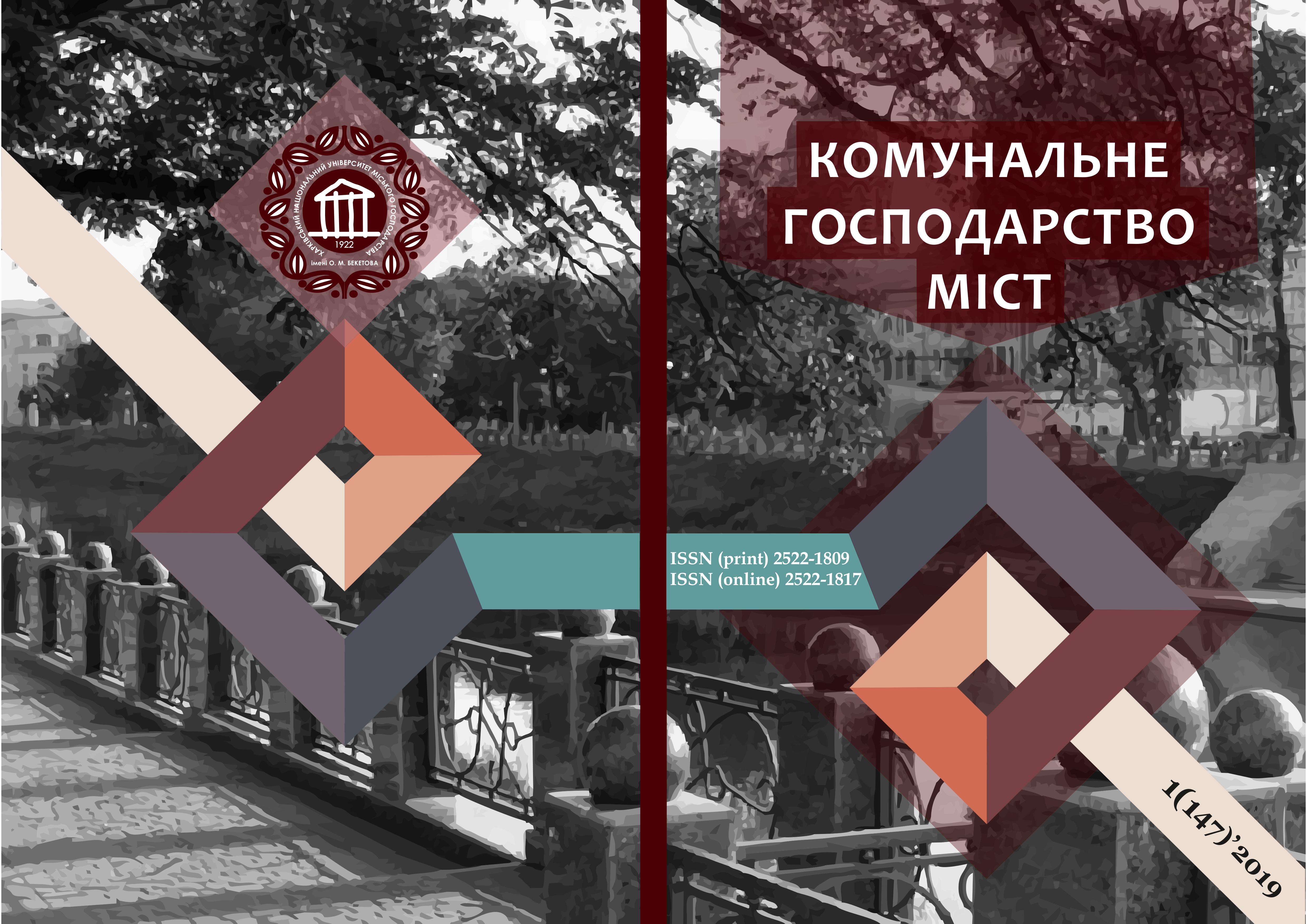THE INFLUENCE OF THE MAXIMUM ENTROPY OF THE TRANSPORT FLOW RATE ON THE CHARACTERISTICS OF CONSCIOUS AND SUBCONSCIOUS DRIVER'S ACTIVITIES
Array
Keywords:
driver, entropy, traffic flow, emotional tension, consciousness and subconscious activityAbstract
The driver’s actions are complex elements of the orienting activity and depend on many factors: the functional state, the ergonomics and characteristics of the car, the traffic flow, the street parameters, the lighting, etc. It is known that the driver works in two modes depending on the road conditions. with and without consciousness. In areas with a monotonous road situation, the driver most of the time performs regulatory actions without the participation of consciousness, that is, automatically. The above factors at the driver form a system of conscious and subconscious activity. In the process of driving, the driver performs most of the actions unconsciously, that is, at the level of automatism. Conscious actions are more complex and require some effort of will from the driver. The problem of the conscious and subconscious activity of the driver today is little studied.
The study showed that subconscious driving is widespread among drivers. Motorists who use subconscious controls, usually experienced drivers who use a car every day to get to work or school, usually use the same driving route. In addition, the testing of drivers as a souvenir showed that when drivers were driving unconsciously, they almost did not remember these situations. All that the driver remembered, he survived not only emotionally, but consciously. Thus, the use of emotions, concentration of the field of view of the driver, emotional memory on the events that occurred while driving, can answer the question of conscious actions and subconscious operations by the driver. The driver, feeling and realizing the danger, feels the emotion, which is detected by the GSR sensor. At the same time, testing for memory of such stressful conditions showed that the driver remembers these situations very well. After the races, the driver on the microphone dictated the situations on the route that he remembered the most. Over 90 percent of dangerous situations the driver remembered very well.
To study the interaction of the driver with another vehicle in the traffic we used the maximum entropy of speed. The results of the research revealed the interrelation of the maximum entropy of speed with conscious actions and subconscious operations. As entropy increases, the number of conscious actions increases, and the number of subliminal operations decreases.
References
Gavrilov, E.V. (1992). Theoretical bases of designing and the organization of conditions of traffic taking into account laws of behavior of drivers. The dis. doctor of technical sciences. Sciences, KADI, 300.
Gavrilov, E.V.(1976). Ergonomics on the automobile transport. K .: Technika, 152.
Begma, I.V., Gavrilov, E. V., Kaluzhsky, Y. A. (1976). Accounting for the psychophysiology of drivers in the design of highways. M.: Transport, 88.
Lobanov, E. M. (1980). Designing roads and organizing traffic, taking into account the driver's psychophysiology. M.: Transport, 311.
Singh, R. R., Conjeti, S., & Banerjee, R. (2014). Assessment of driver stress from physiological signals collected under real-time semi-urban driving scenarios. International Journal of Computational Intelligence Systems, 7(5), 909-923.
Leontyev, A.N. (2004). Activity Consciousness. Personality. Meaning.
Lobashov, О.О., Prasolenko, O. V. (2018). Influence of traffic factors on emotional state of the driver. Municipal economy of cities, 146, 40-45.
Nizami Gyulyev, Oleksii Lobashov, Oleksii Prasolenko, Dmytro Burko (2018). Research of Changing the Driver's Reaction Time in the Traffic Jam. International Journal of Engineering & Technology, 7 (4.3), 308-314
Prasolenko, О., Lobashov, O., & Galkin, A. (2015). The Human Factor in Road Traffic City. International Journal of Automation, Control and Intelligent Systems, 1(3), 77-84.
Taylor, D. H. (1964). Drivers galvanic skin response and the risk of accident. Ergonomics, 7(4), 439-451.
Shutenko, L.N., Gavrilov, E.V. (2003). Influence of traffic factors on emotional state of the driver. Municipal economy of cities, 51, 181-185.
Downloads
Published
How to Cite
Issue
Section
License
The authors who publish in this collection agree with the following terms:
• The authors reserve the right to authorship of their work and give the magazine the right to first publish this work under the terms of license CC BY-NC-ND 4.0 (with the Designation of Authorship - Non-Commercial - Without Derivatives 4.0 International), which allows others to freely distribute the published work with a mandatory reference to the authors of the original work and the first publication of the work in this magazine.
• Authors have the right to make independent extra-exclusive work agreements in the form in which they were published by this magazine (for example, posting work in an electronic repository of an institution or publishing as part of a monograph), provided that the link to the first publication of the work in this journal is maintained. .
• Journal policy allows and encourages the publication of manuscripts on the Internet (for example, in institutions' repositories or on personal websites), both before the publication of this manuscript and during its editorial work, as it contributes to the emergence of productive scientific discussion and positively affects the efficiency and dynamics of the citation of the published work (see The Effect of Open Access).

